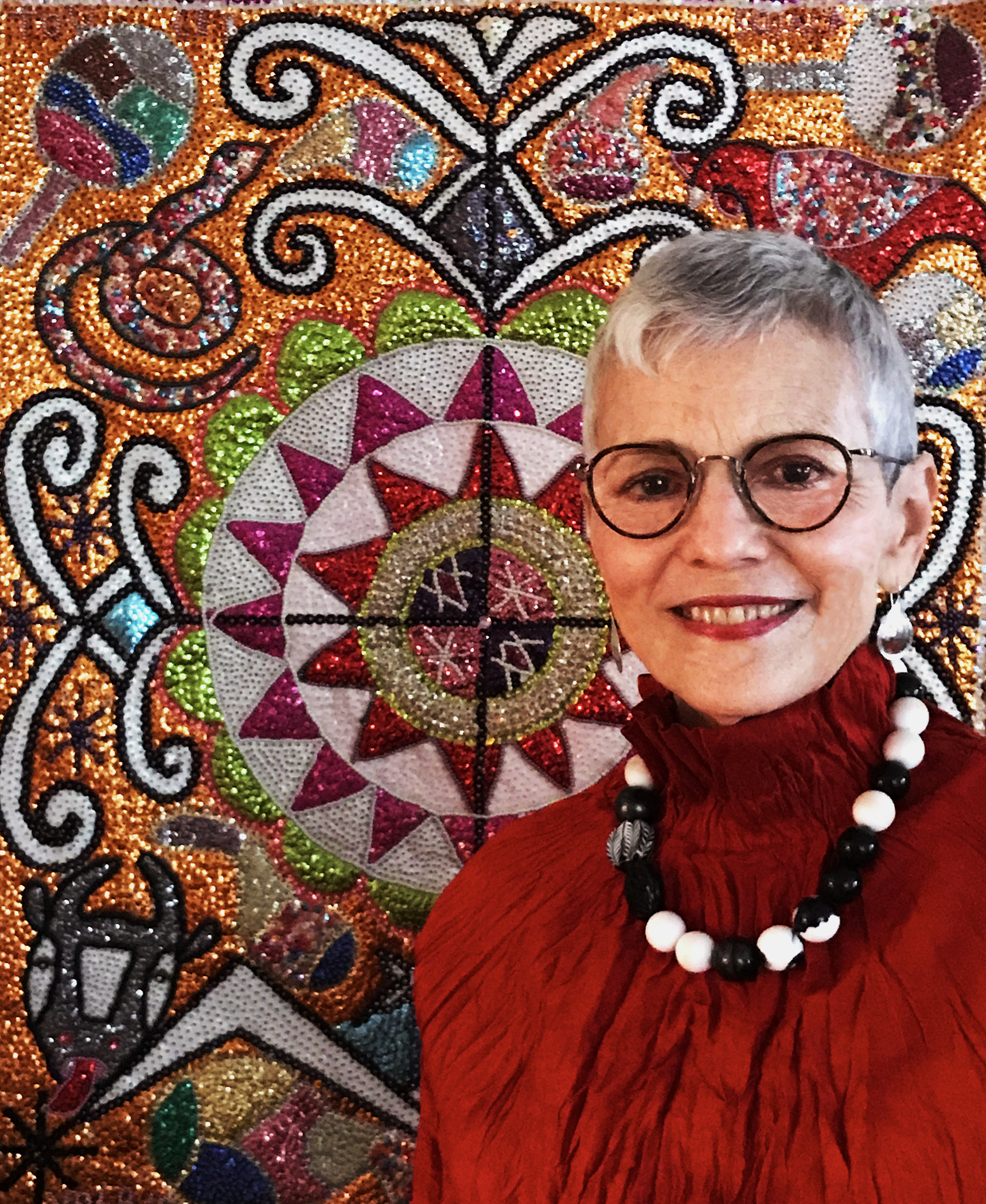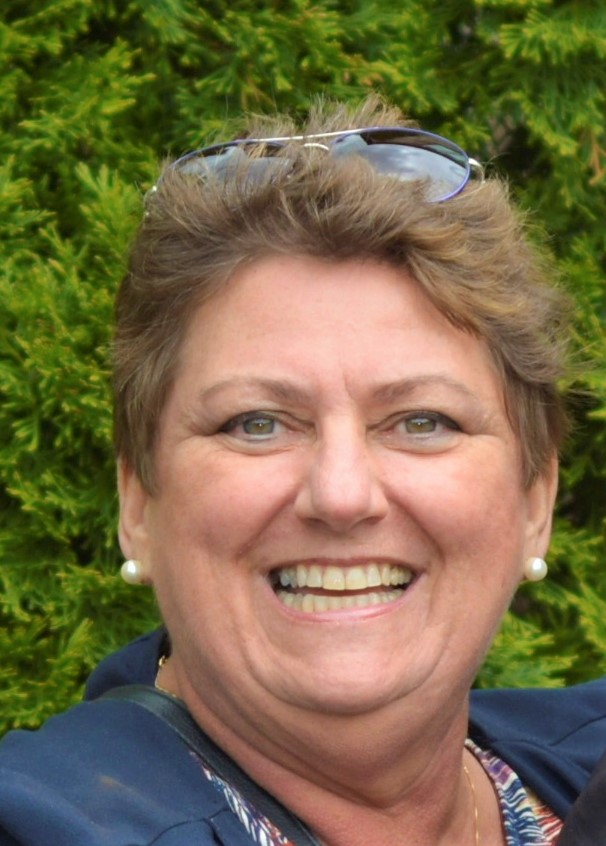Introduction
Chronic diseases are increasing globally and often present an even greater challenge in low resource countries because of the need for higher levels of technology for screening, diagnosis, and treatment. This is especially true of breast cancer which is the second leading cause of death and first cause for cancer fatalities for women worldwide. While the incidence rate is lower (<30/100,000) in low- and middle-income countries (LMICs) compared to high-income countries (HICs) (>80/100,000), the fatality rate in these countries is much higher (Parkin and Fernandez 2006). Breast cancer increased in prevalence (by more than 50 percent between 1980-2010), and most of this was in LMICs. Of greater concern is that many (23 percent) of these cases occur in young women ages 15-49, compared to 10 percent in this age group in HICs (Institute for Health Metrics and Evaluation 2011).
In Haiti, the estimated annual breast cancer incidence is 4.4/100,000, and mortality is 2/100,000 (Sharma et al 2013). This reflects major underreporting of breast cancer in Haiti and a high fatality rate (45 percent) in identified cases (Sharma et al 2013). The underreporting of breast cancer in Haiti is due to the lack of the following: screening programs, resources for treatment, a country level cancer registry, and operational cancer policy, strategy, or action plans (WHO 2014). The lower survival rate is due to presentation at advanced stage and lack of adequate therapy, as shown by one study in Port au Prince: 79 percent of women presented with advanced breast cancer (Stage III or IV), and 28 percent had metastatic disease (DeGennaro et al. 2015). Advanced presentation of disease leads to minimal treatment benefit, even with optimal therapy. This is drastically different from high-income countries, where most women present with early-stage cancer, resulting in a five-year survival rate of 80 percent (Sharma et al. 2013).
Rural Haitians have very limited access to health care, and this is especially true in the Grand’Anse, one of Haiti’s 10 departments located in the southwestern peninsula. The capital is Jérémie with a population of 55,000, about 1/10th of the total for the department. There is one government hospital for 500,000 people.
Solution
Our innovative solution is to work from the community to identify their concerns and beliefs, work with local community resources such as churches, and train Haitian providers. These are supplemented by U.S. volunteer services for disease identification, diagnosis, and treatment, all the while working to create this capacity locally. By engaging the community, it is possible to have a much broader public health effect on all people in the area. We will know we have succeeded when we start identifying women at earlier stages of disease and have fewer deaths.
Most breast cancer programs start from a hospital or clinic and design services based on the same model used in HICs. This is part of the philosophy that everyone deserves first world medicine, but this often has unintended and maladaptive consequences when technology fails, but more importantly when services don’t mesh with local beliefs, practices, and resources. We are creating a sustainable community-based program for breast cancer which will expand in scope as resources are available and to accommodate program needs.
Model
The local context for the development of this program is the collaboration for the past 32 years between the two authors, and their work in maternal and child health (MCH) in communities in the Grand’Anse. They learned about local health beliefs and practices and the importance of engaging community members in solving their own problems. Currently, MCH and reproductive health services are available in most of the Grand’Anse.
The Grand’Anse Health and Development Association (GAHDA) was founded to work on unmet needs and breast cancer was identified as a priority through our previous work. GAHDA has an advisory board in Haiti and is a U.S.-based nongovernmental organization. GAHDA works with the Haitian Ministry of Health, University of Connecticut, Avera Health, Grand’Anse Surgical Project, and other organizations to provide outreach for community education, screening, and basic treatment for breast cancer. Our work is supported through donations and grants and conducted primarily by volunteers.
Model Components
- Working from the Community: We started in 2011 by teaching nurses and doctors how to examine women and teach breast self-exam (BSE), then the nurses taught community health workers to teach women in villages. Women with breast lumps were referred to Port au Prince for surgery because this was not available in Jérémie. Port au Prince was a 12-hour bus trip and even though care was free, travel and living expenses were not, and it was a great burden for women to be far from their homes and families. Screenings were conducted through clinical breast exam (CBE), ultrasound, and biopsy as necessary, through a team of volunteers from Avera Health. They came once a year for a week and saw approximately 200 women. Women in need of surgery were referred outside of Jérémie.
- Introducing Clinical Expertise: The first surgical team from Connecticut began coming once a year in 2016 after the screening program. They come for one week to do mastectomies as well as other surgeries at the St. Antoine Hospital, the government hospital in Jérémie. Around this same time women with estrogen positive cancers were given tamoxifen pre and post operatively. 81 percent of women are estrogen positive, so this is an important intervention. We are in discussion with oncologists about further options for therapy.
- Researching the Context: Also parallel to this, we began conducting research with University of Connecticut medical students about women and men’s knowledge and beliefs about breast cancer. This was done to improve our understanding and education efforts. Both men and women knew about breast cancer: 50 percent knew someone who had it of which 82 percent had died. The most common cause reported was being hit on the breast (87 percent women, 42 percent men). Most thought pain was a symptom of breast cancer (78 percent women; 62 percent men). Overall knowledge was low, but understanding these beliefs helped us improve education and outreach. We also learned about sources of health information and social support, which led us to the idea of working through local churches.
- Expanding the Community: Most people in the Grand’Anse belong to a faith organization, primarily Catholic or Protestant, and some practice voudou. These churches are the center of rural life and many have nurses or community health workers as members. We began working through the Diocese of Jérémie and the Protestant Pastor Association to reach out to priests and ministers to give an educational session led by a Haitian doctor about breast cancer, the screening program, and results. They announce the upcoming screening clinics from the pulpit and have been the source of referrals. Other outreach has been through registered women’s groups and community health workers.
- Engaging Community Institutions: One of our Haitian physicians received support to attend the National Consortium of Breast Centers’ Program for teaching clinical breast exam and self-breast exam techniques and a one-month fellowship in oncology in Montreal. He is the focal training person for our area and has conducted trainings for 35 physicians and nurses from rural clinics. One nursing school has invited us to teach about 75 students a year about breast cancer, clinical breast exam, and breast self-exam. We have just received a three-year grant to reach all 680 churches in our area to teach a nurse or other church member to teach women breast self-exam, including providing each site with large mirrors not otherwise available, and to enable them to make referrals. We have collaborated with the National Cancer Registry Bureau which is trying to develop a system of monitoring cancer in Haiti. We also have piloted forms and trainings for our volunteers. As part of our efforts, all of our cases of breast cancer and related deaths are reported to the National Registry.
Conclusion
Working from a community base provides many strengths for program development. It allows us to develop, trust, and engage leaders, understand local beliefs and practices, and develop locally appropriate interventions. Churches are an important foundation for outreach and education, and we will continue to learn through implementation. Research is a useful tool for program operation and improvement. Understanding and engaging community resources and perspectives is critical to addressing neglected diseases such as breast cancer and must be given at least as much emphasis as treatment modalities.
Works Cited
Degennaro V, Libby R, Patberg E, Gabriel D, Al-Quran S, Kasher M, Coy H, et al. “Development of a Breast Cancer Treatment Program in Port-au-Prince, Haiti: Experiences from the Field.” Journal of Global Oncology 2016; 2(1):9-14. doi:10.1200/jgo.2015.000364.
Institute for Health Metrics and Evaluation (IHME). “The Challenge Ahead: Progress and Setbacks in Breast and Cervical Cancer.” (Seattle, WA: IHME, 2011)
Parkin DM and L. M. G. Fernández. “Use of statistics to assess the global burden of breast cancer.” Breast Journal 12, supplement (2006): S70–S80.
Sharma K, Costas A, Damuse R, Pierre JH, Pyda J, Ong C, Shulman LN, Meara J. “The Haiti Breast Cancer Initiative (HBCI): initial findings and analysis of barriers-to-care delaying patient presentation.” J Oncol 2013:1-6. doi:10.1155/2013/206367
Author bio

Judy Lewis is Professor Emeritus of Community Medicine and Pediatrics at the University of Connecticut School Medicine. She is a public health sociologist who has developed health programs and conducted research and training in communities locally and globally. She has worked in more than 50 countries and continuously in Haiti since 1987. Judy has held leadership positions in national and international organizations, presented at conferences; and authored many books and publications. She is committed to collaboration and improving health and development in Haiti.

Bette Gebrian is a public health nurse and medical anthropologist. She has lived and worked in rural Haiti since 1987 and her focus is in community-oriented primary care: maternal, newborn, and child health, infectious diseases, disaster relief and recovery, and most recently, noncommunicable diseases. She concentrates her efforts through the Grand'Anse Health & Development Association (www.GAHDA.org) for breast cancer care. She also serves as a faculty member at the University of Connecticut Department of Community Medicine.


